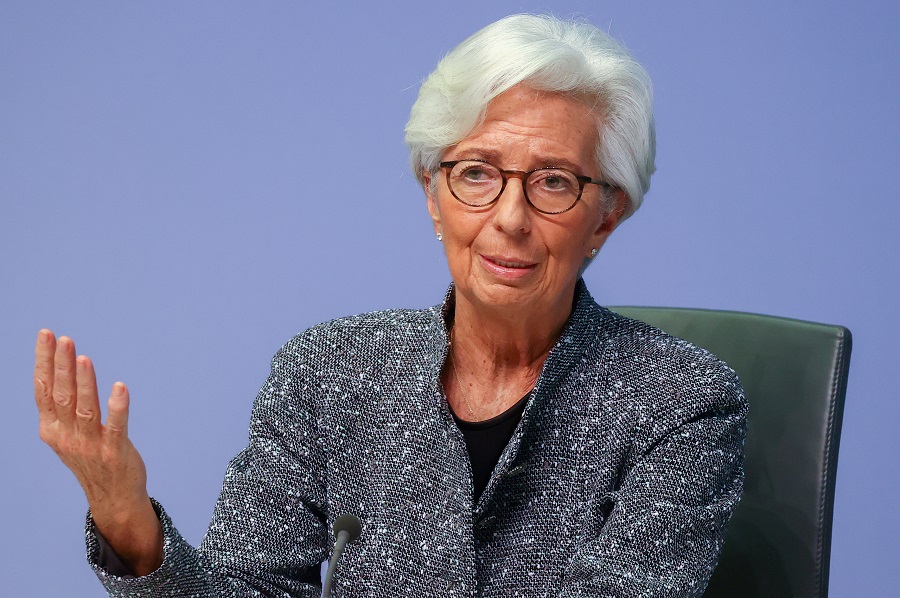Various viewpoints on central banks' rate cuts
Last week, we heard from policymakers at two European central banks; the ECB and the Riksbank. But while their economic situations and monetary policy outlooks appear very similar, it seems clear that their attitudes towards the implications of the Fed possibly stalling on rate cuts are very different.

Should central banks press on with rate cuts if the Fed lags behind, or perhaps does not cut at all this year? The answers from ECB President Lagarde and Riksbank Deputy Governor Jansson appeared different. Lagarde said that the ECB is data dependent, not “Fed dependent”, but Jansson’s comments heavily suggest that the Riksbank is “Fed dependent”. The difference of opinion primarily reflects the perception of the two central banks with regards to the currency implications of a Fed stall.
The Riksbank seems scared that a Fed pause and a Riksbank rate cut, or cuts, could undermine the – already weak – krona. In contrast, the ECB does not seem to be in a similarly vulnerable position with respect to the exchange rate. It was instructive that the Swiss National Bank went ahead with a rate cut in March despite being, almost certain, that the Fed will not cut rates for some time. The franc has fallen since then, but it was already under pressure, and it clearly seems that the SNB is content to see some modest weakness in the franc now that inflation is back inside the target range.
The ECB might not be in such a comfortable position with respect to inflation but the body language coming from Lagarde and others seem to suggest that euro weakness is not a factor that could potentially derail a rate cut from the ECB as soon as the next meeting in June. In contrast, the prospect of krona weakness could be a factor that prevents the Riksbank from starting rate cuts in May. The Bank had said at its last meeting that a cut in May is possible but Jansson’s comments might suggest that this idea is already off the table after the high CPI print in the US.
Looking around the G10 countries, there are likely to be some, like the Riksbank, that could think twice about rate cuts if the Fed passes up opportunities to cut rates. Norges Bank is another example, as are central banks in New Zealand and Australia, although these do not appear to be in a position to think about rate cuts now, or for some time.
There will also be central banks, like the ECB that will feel able to execute their preferred monetary policy strategy without worrying too much about what the Fed is doing. Others here include the SNB as we’ve already mentioned and the Bank of England. We would also include the Bank of Canada in this group although that’s a bit more of a contentious call.
But while we’ve split the central banks into two groups that will either ignore what the Fed is doing, or will allow it to stymie their rate-cut aspirations, this is premised on the idea that the Fed merely delays the easing cycle for a few months. There is an alternative scenario (besides the one in which the Fed starts cutting as soon as June), which is that inflation pressures build in the US to a point that rate-hike expectations start to get priced into the US money market curve, perhaps even to be followed by an official rate rise from the Fed. While this would undoubtedly make the – already reticent – central banks like the Riksbank hold off for longer, it could have a bearing on other central banks as well. But would it make the likes of the ECB and BoE lift their own rates just because the Fed was static, or hiking?
For if this scenario caused significant financial market duress and hence much tighter financial conditions, the correct response from the likes of the ECB could be to ease sooner and faster, not hold off from rate cuts or, worse still, hike. No doubt this would be a difficult call for central banks and, perhaps fortunately, many experts do not think that it is one that they will have to make.








